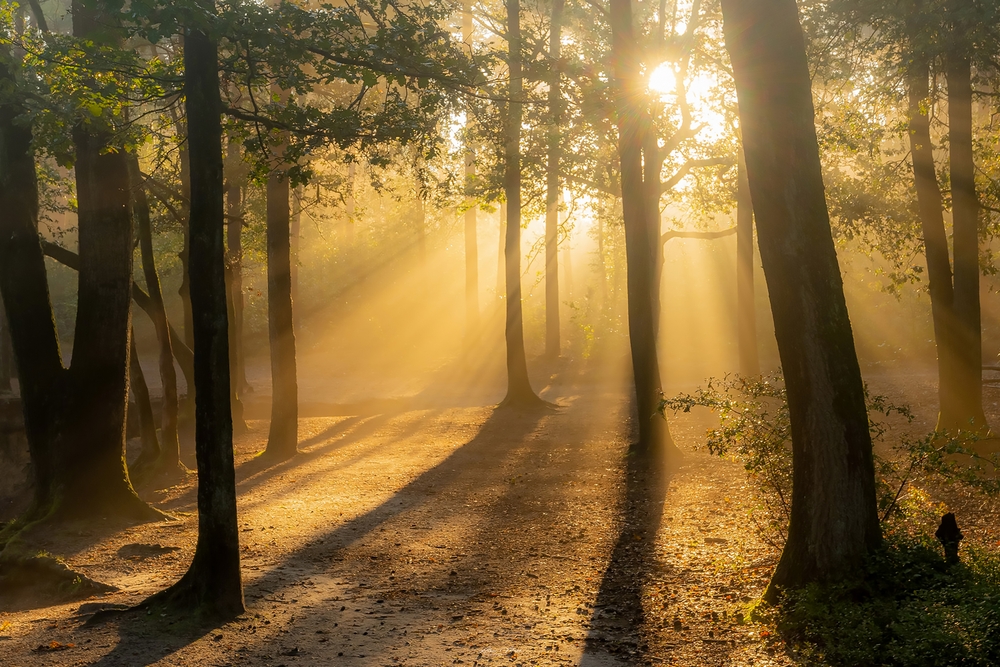Montaña de Yoro Overview
Montaña de Yoro National Park, known locally as Parque Nacional Montaña de Yoro, is a protected area in Honduras established on January 1, 1987. Spanning approximately 154.8 square kilometers (59.8 square miles), the park is situated between the departments of Francisco Morazán and Yoro, with elevations ranging from 1,800 to 2,245 meters.
The park’s terrain is predominantly mountainous, characterized by dense cloud forests that thrive in the humid climate. These forests are home to a diverse array of flora, including towering trees that can reach heights of up to 40 meters.
The landscape comprises three primary ecosystems: coniferous forests at higher elevations, latifoliate (broadleaf) forests at lower elevations, and mixed ecosystems. Notably, the latifoliate forests cover approximately 12,000 hectares of the park’s total 15,000 hectares, while coniferous forests occupy less than 1,000 hectares.
A prominent feature within the park is the Laguna de Ojos Negros, or Black Eyes Lagoon. This lagoon is renowned for its crystal-clear yet deep waters, which appear dark due to their depth, giving the impression of “black eyes.” Reaching this secluded lagoon requires a challenging hike through dense forest, rewarding visitors with its serene beauty.
The park’s rich biodiversity includes apex predators such as jaguars, pumas, and ocelots. Additionally, it serves as a habitat for hundreds of bird species, reptiles, and amphibians, making it a vital area for wildlife conservation.
Visitors to Montaña de Yoro National Park can engage in various activities to experience its natural beauty. Hiking is popular, with numerous trails winding through the diverse ecosystems, offering opportunities for wildlife observation and photography.
Birdwatching enthusiasts will find the park particularly rewarding due to its rich avian diversity. Camping is permitted, allowing visitors to immerse themselves fully in the tranquil environment.
Access to the park is typically achieved via the town of Yoro, located approximately 14 kilometers north. From Yoro, visitors can rent a car or take local buses to reach the park. For those traveling from San Pedro Sula, Transportes COTUC operates buses every four hours to Yoro, with a journey time of about three and a half hours.
Montaña de Yoro National Park faces several conservation challenges, including deforestation, illegal hunting, and land encroachment for agriculture. Despite these threats, ongoing conservation efforts aim to preserve its unique ecosystems and biodiversity.
The park’s establishment as a protected area reflects Honduras’s commitment to environmental conservation, providing a sanctuary for numerous species and maintaining vital ecological processes.
Park Map
Montaña de Yoro National Park Highlights
Share your clicks with us
Related National Parks More Honduras

Montaña de Comayagua National Park

Montaña de Botaderos Carlos Escaleras Mejía National Park

La Tigra National Park

La Muralla National Park

Jeannette Kawas National Park

Cusuco National Park

Congolón, Piedra Parada, and Coyocutena National Park

Cerro Azul de Copan National Park

Cerro Azul Meámbar National Park










































































